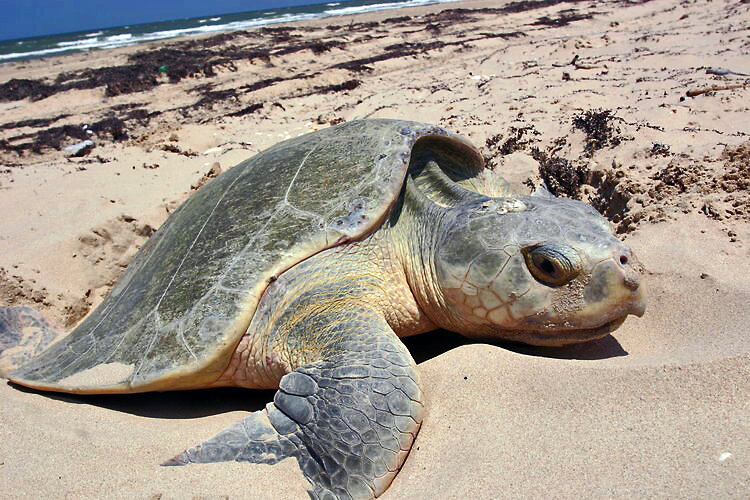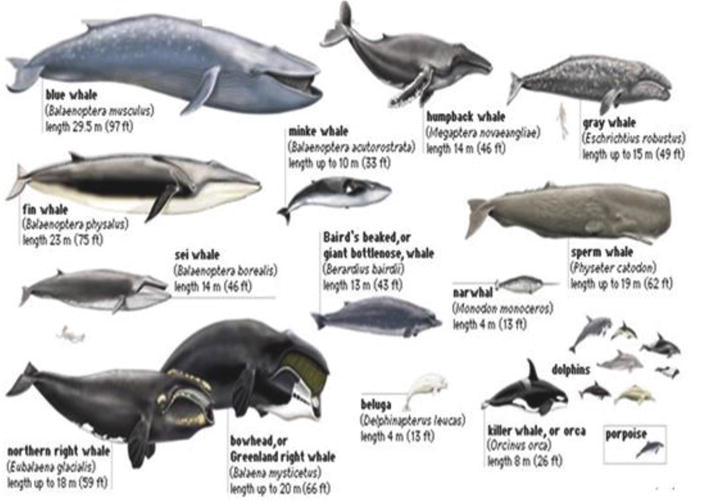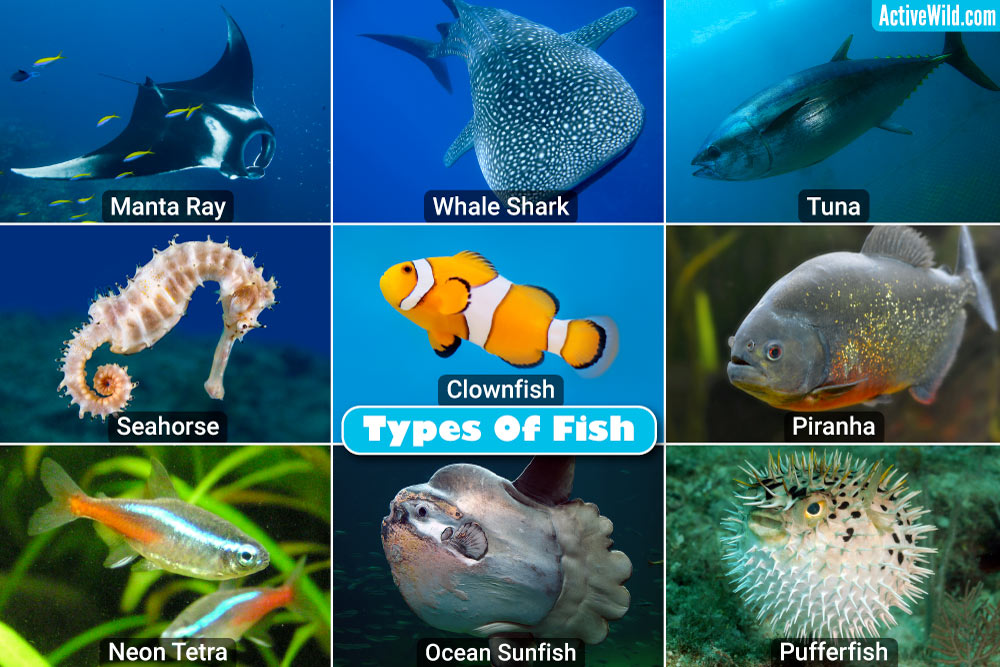The Kemp’s Ridley Sea Turtle: An Informative Look at a Fascinating Species
The Kemp’s Ridley Sea Turtle: An Informative Look at a Fascinating Species
===INTRO:===
The Kemp’s Ridley Sea Turtle (Lepidochelys kempii) is a captivating marine species that has captured the attention of scientists and conservationists worldwide. With its distinctive appearance and unique behaviors, the Kemp’s Ridley Sea Turtle holds a special place in the hearts of nature enthusiasts. In this article, we will delve into the various aspects of this incredible creature, including its habitat, physical characteristics, reproduction, feeding habits, conservation efforts, threats, its role in the ecosystem, and several fascinating facts that make it truly remarkable. By gaining a deeper understanding of the Kemp’s Ridley Sea Turtle, we can develop a greater appreciation for its existence and work towards protecting its future.
Habitat and Distribution of the Kemp’s Ridley Sea Turtle
The Kemp’s Ridley Sea Turtle primarily inhabits the warm waters of the Gulf of Mexico and the western Atlantic Ocean. They can be found from the coast of Mexico, along the eastern coast of the United States, and occasionally as far north as Nova Scotia. These turtles favor shallow coastal areas, including bays, estuaries, and lagoons, where they can easily access their preferred food sources and find suitable nesting sites. During the nesting season, which occurs between April and August, the Kemp’s Ridley Sea Turtles gather in large numbers on a specific beach in Rancho Nuevo, Mexico, to lay their eggs.
Physical Characteristics of the Kemp’s Ridley Sea Turtle
Measuring around 24 to 27 inches in length and weighing up to 100 pounds, the Kemp’s Ridley Sea Turtle is considered one of the smallest sea turtle species. It is characterized by its olive-gray to dark gray carapace (shell) and a distinctive triangular-shaped head. The Kemp’s Ridley Sea Turtle has a serrated beak and powerful jaws, which aid in feeding on its preferred prey. They possess a unique feature known as “scutes,” which are scales on their carapace that provide protection. Another distinguishing feature of this species is its large, paddle-like flippers, which enable them to navigate through the water swiftly.
Reproduction and Life Cycle of the Kemp’s Ridley Sea Turtle
The reproduction process of the Kemp’s Ridley Sea Turtle is truly remarkable. Females reach sexual maturity at around 10 to 15 years of age and return to the beach where they were hatched to lay their eggs. This behavior is known as natal homing. The females dig a nest in the sand and lay around 100 eggs, which they then cover with sand before returning to the sea. The eggs incubate for approximately 50 to 60 days until they hatch, at which point the hatchlings make their way to the ocean. The survival rate of these hatchlings is quite low, with only a small percentage reaching adulthood due to various threats they encounter.
Feeding Habits and Diet of the Kemp’s Ridley Sea Turtle
The Kemp’s Ridley Sea Turtle is primarily carnivorous and primarily feeds on a diet consisting of crustaceans, such as crabs, shrimp, and mollusks. They use their powerful jaws to crush the shells of their prey and consume the soft flesh inside. These turtles are known to exhibit a unique feeding behavior called “arribada,” where they gather in large groups to feed on mass nesting events of marine invertebrates. This behavior allows them to maximize their feeding efficiency in a short period.
Conservation Efforts for the Kemp’s Ridley Sea Turtle
The Kemp’s Ridley Sea Turtle has faced numerous threats over the years, including habitat destruction, pollution, accidental capture in fishing gear, and poaching. However, extensive conservation efforts have been implemented to protect this endangered species. These efforts include the establishment of protected nesting sites, strict regulations on fishing practices, and the promotion of public awareness and education about the importance of preserving sea turtles. The efforts have shown promising results, with an increase in the number of nesting females observed in recent years.
Threats and Challenges Facing the Kemp’s Ridley Sea Turtle
Despite the conservation efforts, the Kemp’s Ridley Sea Turtle still faces significant threats that endanger its survival. Predation by natural predators, such as sharks and large fish, remains a constant challenge. Additionally, climate change and habitat degradation pose significant risks by affecting nesting beaches and altering the marine ecosystem. The accidental capture of sea turtles in fishing gear, particularly in shrimp trawls, continues to be a major concern. To address these threats, it is crucial to establish stricter fishing regulations, promote sustainable fishing practices, and continue monitoring and protecting nesting sites.
Role of the Kemp’s Ridley Sea Turtle in the Ecosystem
The Kemp’s Ridley Sea Turtle plays a vital role in maintaining the health and balance of the marine ecosystem. As predators of crustaceans and mollusks, they help control the populations of these species, preventing overgrazing on important vegetation and maintaining a healthy balance in underwater ecosystems. Additionally, their nests provide an important source of nutrients for coastal dune vegetation, contributing to the stability and growth of these fragile habitats. The presence of Kemp’s Ridley Sea Turtles also attracts tourists and generates revenue for local economies through ecotourism activities.
Interesting Facts About the Kemp’s Ridley Sea Turtle
- The Kemp’s Ridley Sea Turtle is the most endangered sea turtle species in the world.
- They are known for their unique nesting behavior called “arribada,” where thousands of females come ashore to lay eggs simultaneously.
- These turtles are capable of diving to depths of up to 250 feet and can hold their breath for around 30 minutes.
- The sex of Kemp’s Ridley Sea Turtle hatchlings is determined by the incubation temperature of the eggs, with cooler temperatures producing males and warmer temperatures producing females.
- They have an average lifespan of 50 to 60 years.
- Kemp’s Ridley Sea Turtles have a symbiotic relationship with small fish and birds known as “cleaners,” which remove parasites from their shells.
- Their migration patterns can span thousands of miles, with some individuals traveling as far as the coast of Ireland.
- The Kemp’s Ridley Sea Turtle was named after Richard Kemp, a fisherman who first described the species in 1880.
- Their population suffered a severe decline in the 1940s due to excessive hunting for their shells, meat, and eggs.
- The first documented nest of the Kemp’s Ridley Sea Turtle in the United States occurred in 1947 on Padre Island, Texas.
===OUTRO:===
In conclusion, the Kemp’s Ridley Sea Turtle is a fascinating species that continues to captivate researchers and nature enthusiasts alike. With its unique nesting behavior, distinctive physical characteristics, and crucial role in maintaining marine ecosystems, this endangered species deserves our attention and protection. Through conservation efforts, public awareness, and sustainable practices, we can ensure the survival and thriving future of the Kemp’s Ridley Sea Turtle. By appreciating and safeguarding these incredible creatures, we contribute to the preservation of our planet’s rich biodiversity and the delicate balance of our oceans.



